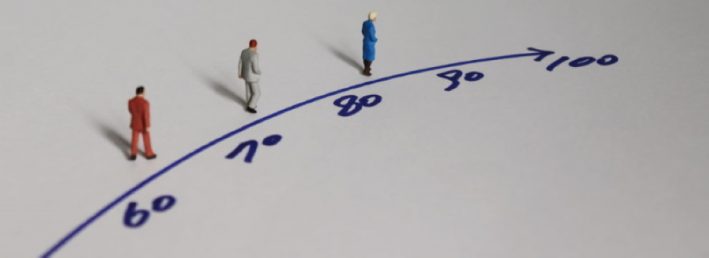In the developed world, we’re grappling with an ageing population and all the complexities that that brings us. For the United Kingdom, it is estimated that 30% of the population will be over 60 by the year 2050. For other countries like Italy, Germany, Singapore and Japan, this figure is likely to be 40% or more. But, what does this mean for our society?
Growing numbers
With the number of elderly people on the rise, we have increasing pressure on already-stretched resources like health and social care. Since many older people don’t want to leave their homes, there is an increase in demand for outreach nursing care and support. When people age, there are often issues with failing sight, poor hearing, memory loss, dementia, mobility and loneliness and all of these need addressing.
To add to this pressure, there isn’t as much familial support as perhaps there once was a generation ago. More people are dispersing themselves further afield for work or study and are not local enough to provide daily care to their ageing family members. What’s more, people are working longer hours and have less time available to help care for relatives.
There is some good news, though, technology is ever-changing and this is could have positive effects on some of the challenges we face with having an ageing population. IBM is creating the Internet of Things (IoT) and artificial intelligence (AI) to help transform the lives of elderly people and wider society as a whole.
The Internet of Things (IoT)
This is a term that means material devices are connected to the internet. It could be a domestic appliance, a health monitor or a vehicle. When each ‘thing’ is connected, it has its own network address that makes it identifiable. With sensors, ‘things’ are able to register environmental changes and pass on that information via the internet. It is also possible to process or store information or actually initiate some sort of required action. For the older generation, this technology means that, potentially, they can stay in their homes for longer.
Smart technology
With sensors, cognitive systems and connected devices, technology can enable caregivers and family members to monitor their relatives’ health proactively. For example, the UK Company Karantis360 is combining IoT, machine learning and cloud technology with water, humidity and pressure sensors from a company called EnOcean to help their clients’ wellbeing. These systems identify and flag up any unusual behaviour and the solutions mean that caregivers can provide an exceptional service and share information efficiently with a person’s relatives.
Another company, Sole Cooperative, provides assisted living facilities and elderly care systems that implement IoT tech to capture location and motion data from wearable sensors. These will alert care staff when a person is behaving differently, which can help nursing staff to provide appropriate assistance to the patients that need it the most.
A top German insurer, R + V Versicherung, has begun a new project with Malteser Hilfsdienst, which is a non-governmental, not-for-profit aid agency. These two organisations have engaged IBM and are building tech that can help to speed up assistance for people in a medical emergency.
Avamere Family has also used IoT technology to enhance the care given while reducing human effort and costs. By using consumer-grade ambient sensors, they are able to measure and monitor people’s daily living activities. This data is correlated to claims data alongside hospital admissions information and provides new insights into how to mitigate risks. Knowing what is happening in this way, means that preventative measures can be put in place.
Empowering older people to maintain their health and wellbeing
IBM is also harnessing its analytics solutions and AI to provide tailored recommendations to elderly people. UK-based designer, Chameleon Technology, makes displays for the home. They are developing a cloud-based platform that is called I-VIE. This uses real-time data from a smart meter that helps people to understand and optimize how they use energy at home. This company is working with Merseyside NHS Trust and Liverpool John Moores University to discover how this system might be able to assist people living with Alzheimer’s disease by noticing behaviour changes.
One of the first signs of Alzheimer’s progression is a change in routine and different patterns of sleep. Abnormal patterns of sleep and changes in routine usually occur more frequently as the disease takes hold. Smart technology is able to detect these gradual changes over long periods of time. Other useful data that can be shared include, for example, the room temperature so that people are able to know that their elderly relatives are warm enough when there is a sudden temperature drop outside.
Another significant problem for older people and many others is arthritis. Living with this condition often means people need a lot of support. There is a charity called Versus Arthritis who have developed a virtual assistant that can provide lifestyle advice and personalised support for people with this medical condition.
Concluding thoughts: future-proof living for the elderly
The examples given here are just the beginning. Many companies have begun developing technology to help our ageing population with their mental and physical limitations. With the use of robotic assistants, the Internet of Things, sensors and other smart technology, it is possible to future-proof living for our ageing population so that we can provide caregivers and clinicians insights into making better decision but also to enable the elderly to continue living independently for as long as possible.


